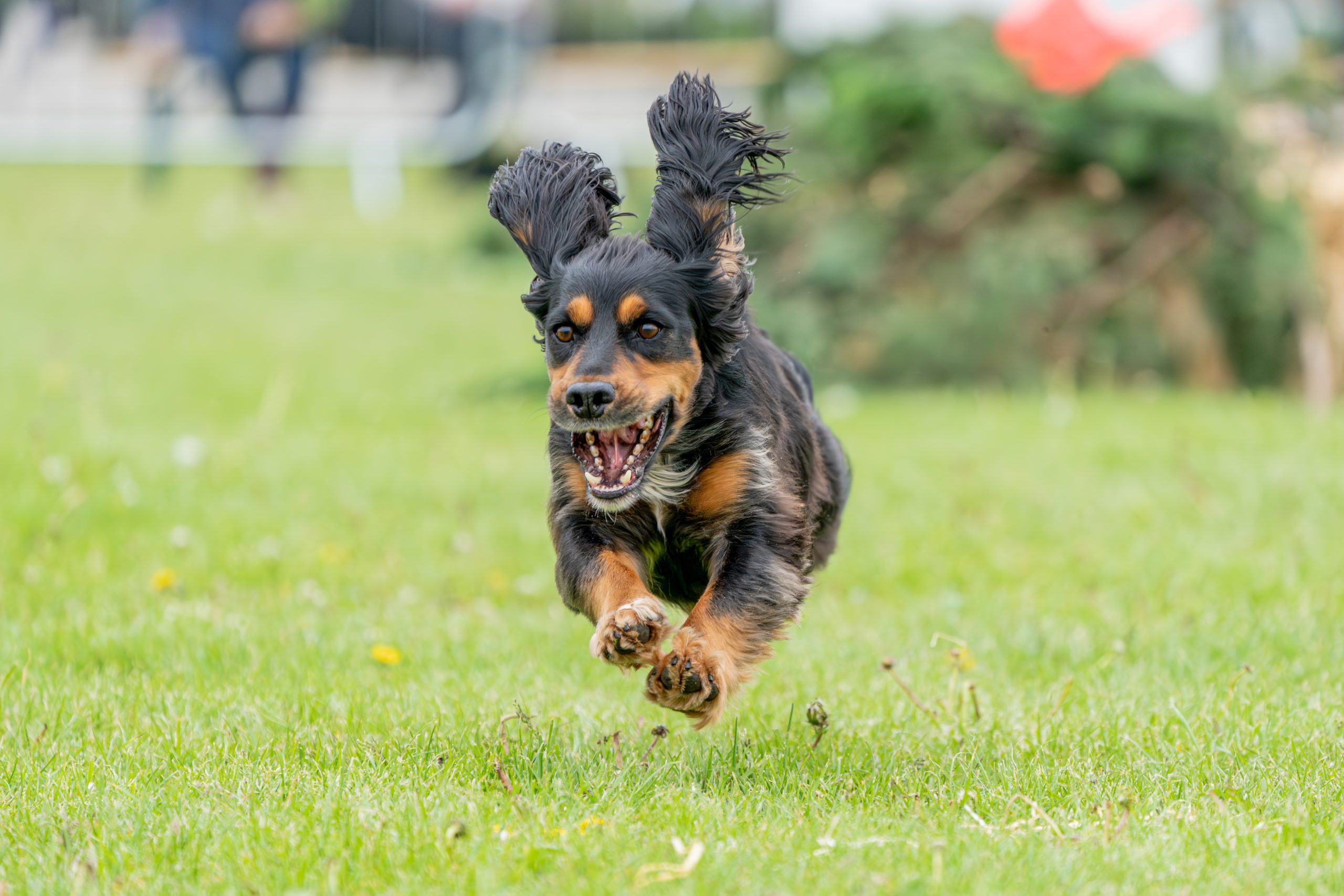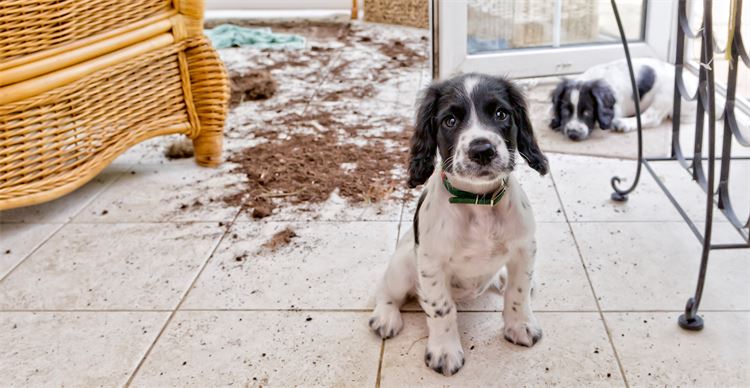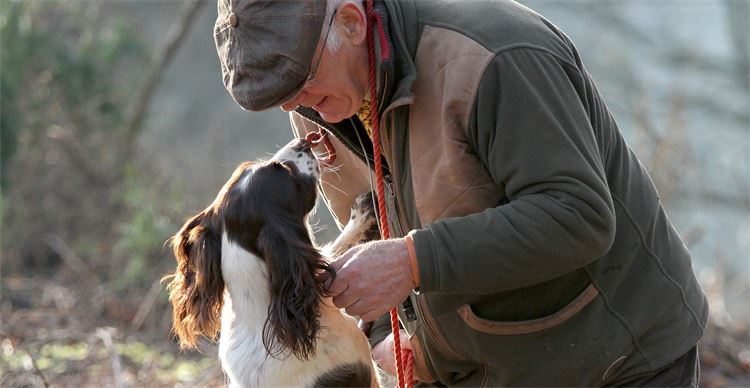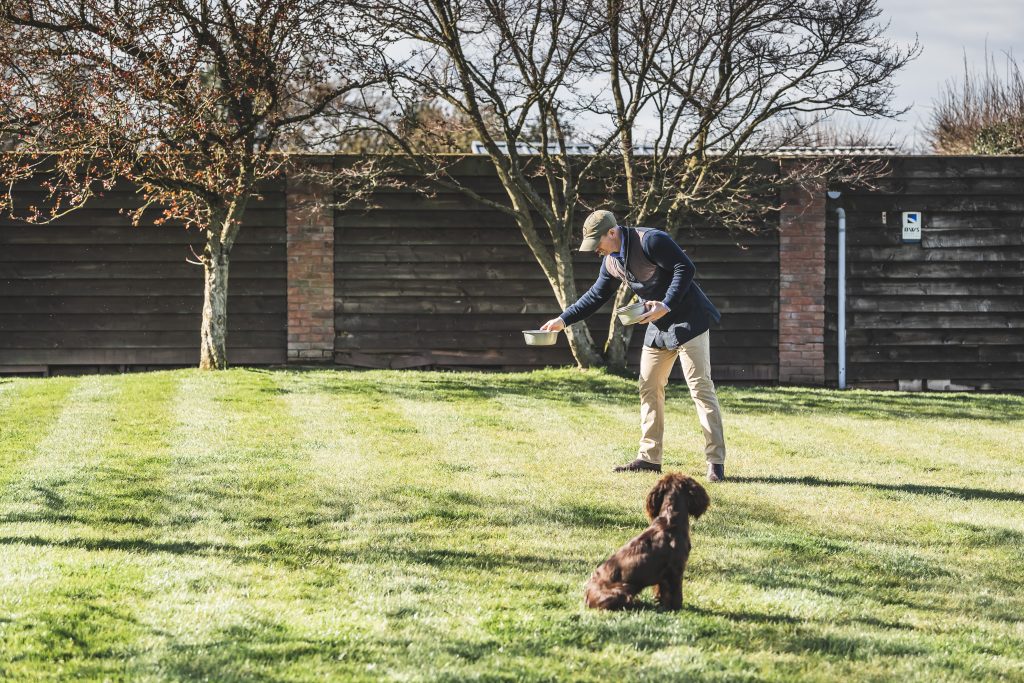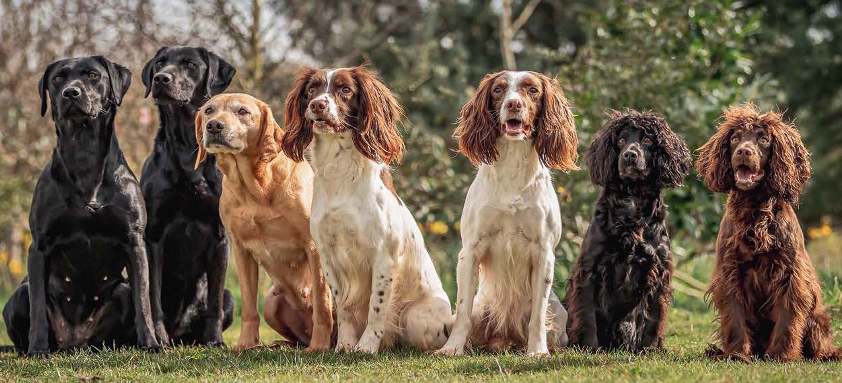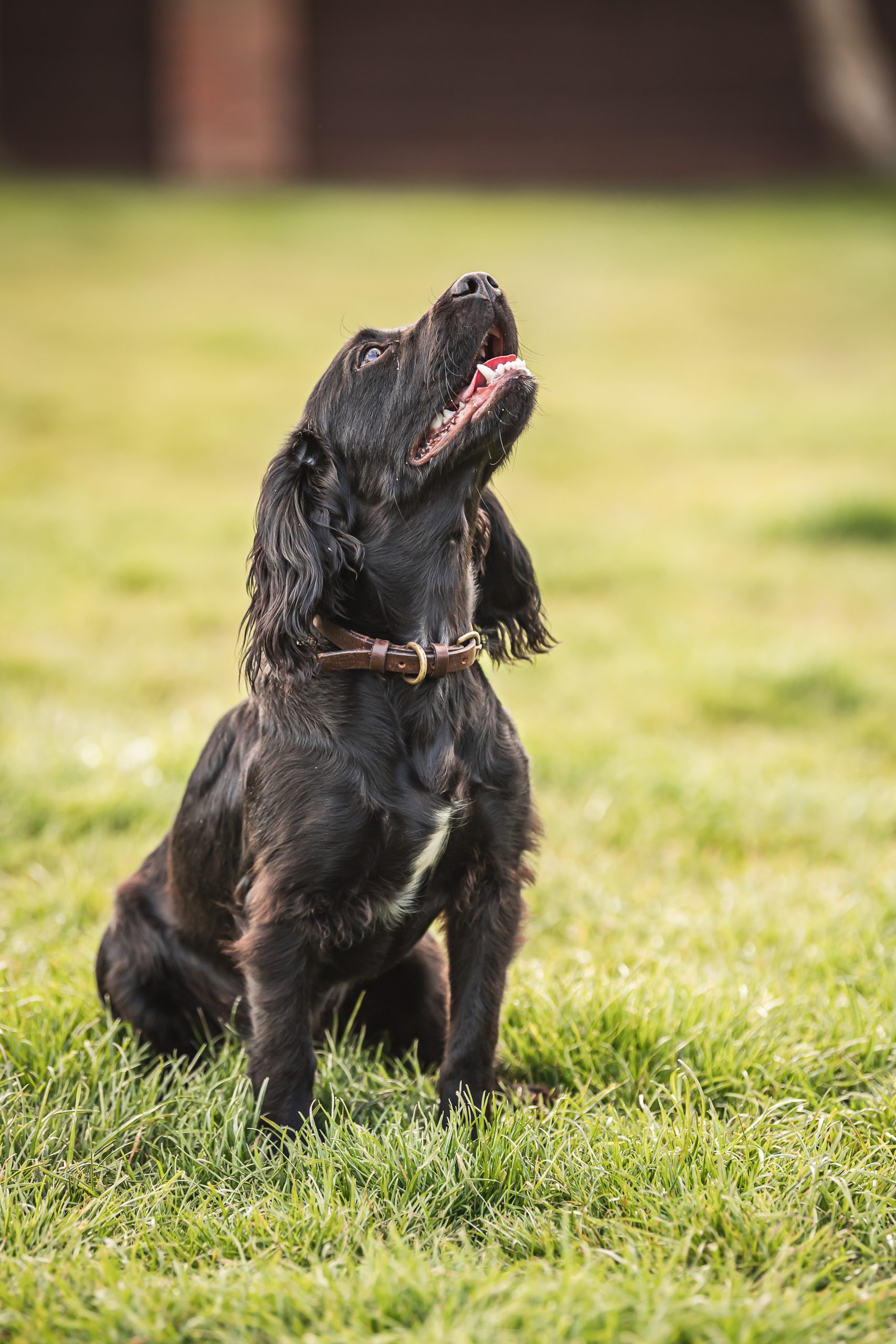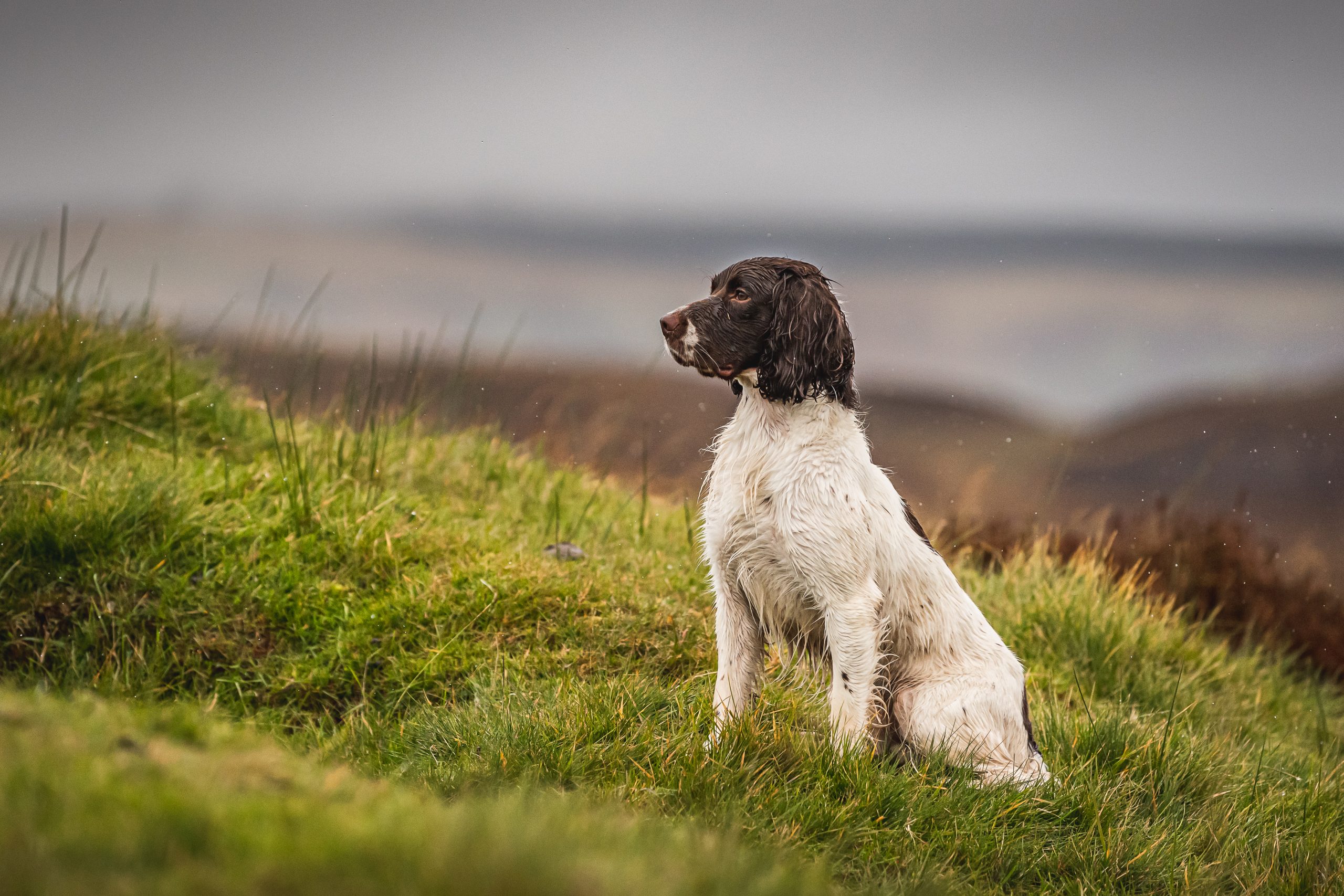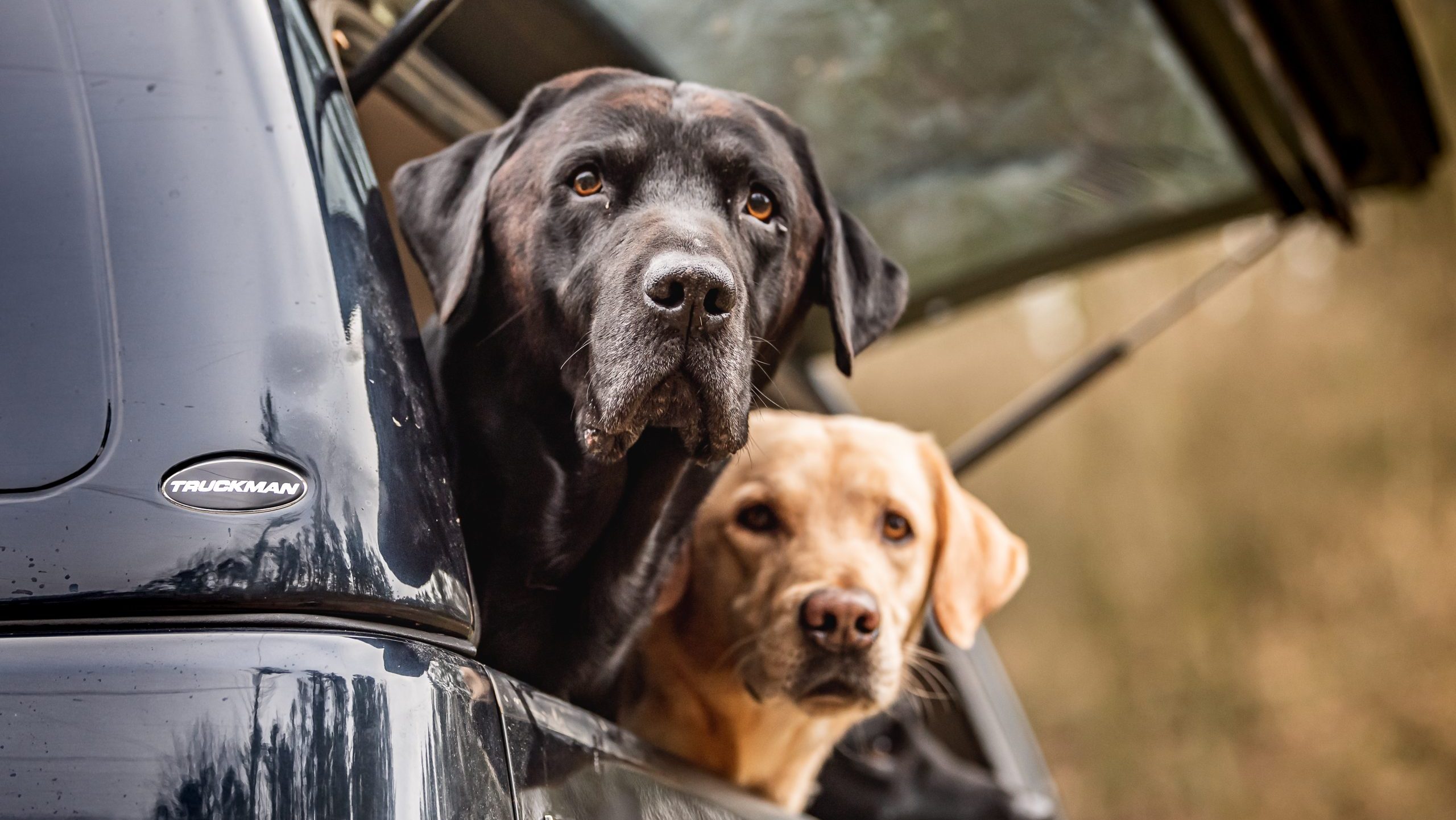Training
The R word
If obedience and respect begin to slip in the home environment, cracks will soon begin to show in the training field, says Field Editor Ben Randall.
Would you like to appear on our site? We offer sponsored articles and advertising to put you in front of our readers. Find out more.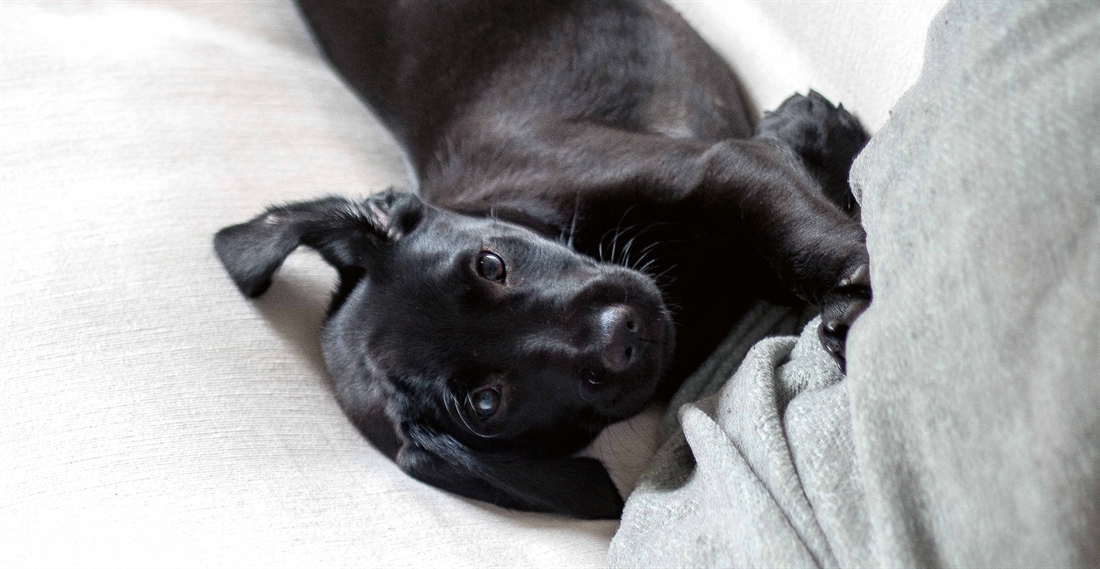
It’s no secret that very few of us own dogs purely for working purposes; humans enjoy canine company and, for many, dogs are a big part of family life.
A question I often ask new clients when they first bring their gundog(s) to me for training, is: ‘On how many days each year does your dog accompany you shooting?’ I ask them this for no other reason than to emphasise that time in the field, shooting, actually accounts for a small fraction of a dog’s life. Indeed, the answer given typically highlights that, on average, our dogs spend 340–355 days a year nowhere near a peg, beating line or pigeon hide.
This is an important statistic to bear in mind, especially when considering the subject of ‘respect’ – the focus of this article. Indeed, it’s all very well following a regime which aims to build and nurture respect between dog and owner during a training session, but such efforts will be rendered futile if a dog is otherwise allowed to do as it pleases. It is easy to fall into the trap of treating the two environments – home life and training/working – separately, but you can be sure that if obedience and ‘respect’ begin to slip in the former, problems will soon crop up in the latter.
Let’s first clarify just what we mean by ‘respect’, because a common error is to mistake a dog’s affection and will to spend time with its owner, for ‘respect’. In reality, they are two very different things.
The Oxford English Dictionary defines ‘respect’ as “a feeling of deep admiration for someone elicited by their qualities or achievements” or “due regard for the feelings or rights of others”. Of course, dogs have no concept of their owners’ achievements. But in the context of training dogs, we can influence their behaviour by showing qualities such as consistency and patience, and a dog can be taught to pay regard to a few of our rights – the right to walk into the house without being jumped up at, for example, or the right to remove a food bowl, mid-meal, from under their nose, with no reaction. This all links in with the dog knowing its place in the social hierarchy of a family, and understanding that there are boundaries in all areas of life, and that there will be consequences if these are crossed.
A few examples
By invitation only
We’ve all seen it happen: the hard-line approach of only allowing a dog to be in the kitchen or pantry soon opens up to include the living room, then the sofa, and before you know it, the dog is sleeping on the bed. This progression tends to be a result of the owner ‘giving in’ and not sticking to a basic rule: that the dog only crosses such boundaries when invited to do so. Another example is a dog that leaps into the back (or front!) of a car at the first chance, without first being given a command to do so.
These are two simple scenarios that many might not give a second thought, but a dog will quickly learn that it can get away with making decisions itself. Of course, such a lack of respect can and will transfer to the shooting field or a shoot day – a more obvious and specific example being a dog that jumps into any vehicle, most likely covered in mud, without warning – a highly embarrassing situation.
Personal space
Imagine you are on a shoot day and your dog has just bounded up to your fellow Guns and muddied their breeks. It’s a great way to become unpopular!
Respecting space is one of the first things I teach a young dog. A dog should grow to understand that the area immediately around you is not to be entered unless you invite him/her to do so. In fact, this rule underpins my heelwork exercises; the space in front of my knee is not to be entered. If a dog jumps up I will move towards it, prod it away with my finger and say ‘leave’ in a gruff voice. The dog will only receive attention when all four paws on terra firma. It’s important that friends and family stick to the same method, too; one person out of every 10 who praises your dog for jumping up can undo a lot of hard work.
Owners first
Simple exercises such as teaching a dog to wait as you open a door and walk through into another room – instead of barging past you at the first opportunity – can help build respect and remind a dog that you are the one in charge. Practise making the dog sit and stay, and then calling him/her to you once you are through the doorway. You will most likely find that after a while it will become second nature and the dog will begin sitting and waiting without being asked. It’s surprising how such basic exercises can have a positive impact on a dog’s patience in the field.
The same can be said for teaching a dog to sit and watch the kids play ball games, rather than rushing around madly, chasing the ball. This is surprisingly common – a trusty labrador spends the spring and summer months as chief ‘fielder’ when the kids play cricket, and then mum and dad wonder why on earth their trusty friend has taken to chasing moving objects on a shoot day!
A family affair
When dogs are living in the family home, it is very important that everyone plays a part in their training and sticks to the same rules. All too often it is a case of one person being ‘in charge’ of a dog’s training, and the dog getting away with murder when this person is not around, with other family members using different commands and encouraging it to do things it is usually discouraged from doing. Take it in turns doing very simple exercises with a dog at meal times – the kids, too. Verse everyone on the correct commands to use and what the dog is and isn’t allowed to do. Not only will a dog learn to respect all members of the family, but it will also learn that the same rules apply whatever the company.
To bear in mind
Without doubt, three of the most common issues I see which serve to erode any respect between dog and owner(s) are ‘inconsistency’, ‘lack of correction’ and ‘over-praising’.
Inconsistency is a biggie. Strong leaders are decisive and stick to their guns – they don’t chop and change and cause confusion. Mixed messages will only encourage a dog to do one thing – stop listening and try to work things out for itself.
Not correcting a dog, or failing to ‘show it what to do’, can hinder progress significantly, too. If you’re not in a position to follow up a command and ensure it is obeyed, do not issue the command in the first place. You should only ever issue a command once – not two, three or four times in a row; we need our dogs to understand that commands must be followed first time round. And do not be scared to simplify a task and build back up to a sticking point, breaking an exercise down into its component parts, nor to let a dog make the mistake so that you can correct it. By working with your dog, you will build respect.
Finally, praise. How much? How often? I’m a big advocate of quiet praise, so not to overexcite a dog. A dog must know what it is being praised for. If we talk to our dogs in an excitable, high-pitched voice all of the time, how will he/she ever be able to recognise when we are genuinely happy with something they have done?
Related articles
Training
Patience is a virtue
It’s a skill that is often overlooked in training, but which is vital for all gundogs. Ben Randall explains how to capitalise on some everyday opportunities to practice it, now that spring is here.
By Time Well Spent
Training
The theory of puppy training
When you collect your puppy – and at every stage thereafter – you’ll need a safe and secure form of transportation. Here are four high-quality options to suit all requirements.
By Time Well Spent
Get the latest news delivered direct to your door
Subscribe to Gundog Journal
Unlock the full potential of your working dog with a subscription to Gundog Journal, the UK’s only dedicated magazine for gundog enthusiasts. Published bi-monthly, this authoritative resource delivers expert training advice, in-depth interviews with top trainers and veterinary guidance to help you nurture a stronger bond with your dog.
Whether you’re a professional handler, breeder, or simply passionate about gundogs, each issue offers a wealth of knowledge on breeds like labradors, spaniels and vizslas. Subscribers gain access to topical articles, real-life stories and exclusive offers from trusted brands.
With stunning photography and thought-provoking content, Gundog Journal is your essential guide to understanding, training and celebrating these remarkable working breeds.


Manage Consent
To provide the best experiences, we use technologies like cookies to store and/or access device information. Consenting to these technologies will allow us to process data such as browsing behavior or unique IDs on this site. Not consenting or withdrawing consent, may adversely affect certain features and functions.
Functional Always active
The technical storage or access is strictly necessary for the legitimate purpose of enabling the use of a specific service explicitly requested by the subscriber or user, or for the sole purpose of carrying out the transmission of a communication over an electronic communications network.
Preferences
The technical storage or access is necessary for the legitimate purpose of storing preferences that are not requested by the subscriber or user.
Statistics
The technical storage or access that is used exclusively for statistical purposes.
The technical storage or access that is used exclusively for anonymous statistical purposes. Without a subpoena, voluntary compliance on the part of your Internet Service Provider, or additional records from a third party, information stored or retrieved for this purpose alone cannot usually be used to identify you.
Marketing
The technical storage or access is required to create user profiles to send advertising, or to track the user on a website or across several websites for similar marketing purposes.


